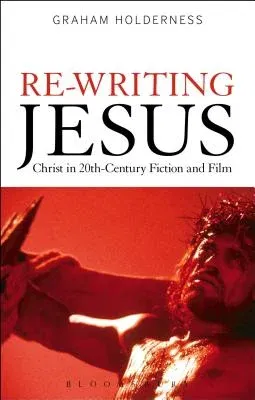At the heart of Christian theology lies a paradox unintelligible to
other religions and to secular humanism: that in the person of Jesus,
God became man, and suffered on the cross to effect humanity's
salvation. In his dual nature as mortal and divinity, and unlike the
impassable God of other monotheisms, Christ thus became accessible to
artistic representation. Hence the figure of Jesus has haunted and
compelled the imagination of artists and writers for 2,000 years. This
was never more so than in the 20th Century, in a supposedly secular age,
when the Jesus of popular fiction and film became perhaps more familiar
than the Christ of the New Testament.
In Re-Writing Jesus: Christ in 20th Century Fiction and Film Graham
Holderness explores how writers and film-makers have sought to recreate
Christ in work as diverse as Anthony Burgess's Man of Nazareth and Jim
Crace's Quarantine, to Martin Scorsese's The Last Temptation of Christ
and Mel Gibson's Passion of the Christ. These works are set within a
longer and broader history of 'Jesus novels' and 'Jesus films', a
lineage traced back to Ernest Renan and George Moore, and explored both
for their reflections of contemporary Christological debates, and their
positive contributions to Christian theology. In its final chapter, the
book draws on the insights of this tradition of Christological
representation to creatively construct a new life of Christ, an original
work of theological fiction that both subsumes the history of the form,
and offers a startlingly new perspective on the biography of Christ.

